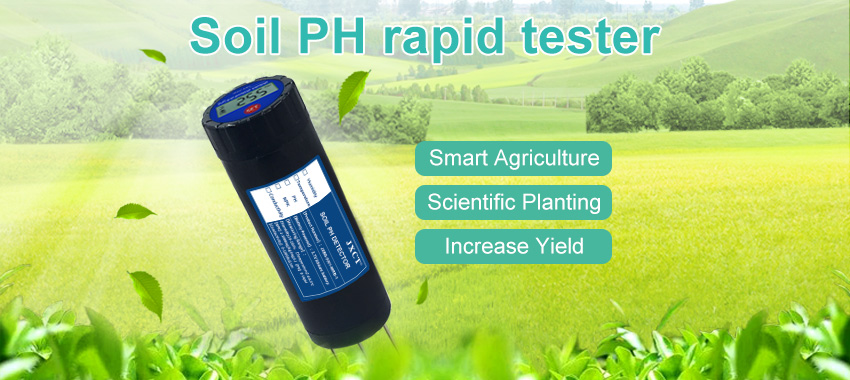Nutrient management is a critical component of modern agriculture, as the optimization of nutrient levels in soil directly impacts crop health and productivity. Traditionally, farmers have relied on periodic soil sampling and laboratory analysis to assess nutrient content. However, this approach can be time-consuming and may not provide real-time insights into soil conditions. The advent of soil sensor technology has revolutionized nutrient management by enabling farmers to monitor soil nutrient levels in real-time. This article explores how soil sensors enhance nutrient management strategies, leading to more precise and efficient farming practices.

Real-time Nutrient Monitoring:
Soil sensors offer farmers the ability to monitor nutrient levels in real-time, providing immediate feedback on soil conditions. These sensors are equipped with probes that can measure various nutrients, such as nitrogen, phosphorus, potassium, and micronutrients. By continuously monitoring nutrient levels, farmers can detect any deficiencies or imbalances promptly and take corrective actions before they impact crop growth. Real-time monitoring allows for timely adjustments, ensuring that crops receive adequate nutrients throughout the growing season.
Precision Fertilizer Application:
One of the significant advantages of soil sensor technology is its ability to facilitate precision fertilizer application. Rather than applying fertilizers uniformly across the entire field, farmers can now tailor their fertilizer application based on the nutrient requirements of specific areas. Soil sensors provide accurate data on nutrient levels, allowing farmers to apply fertilizers precisely where they are needed most. This targeted approach optimizes fertilizer utilization, reduces waste, and minimizes the risk of nutrient runoff, which can be detrimental to the environment.
Nutrient Recommendations:
Soil sensors can be integrated with data analytics and decision support systems to provide farmers with nutrient recommendations. By combining real-time sensor data with historical data, weather information, and crop growth models, these systems can generate personalized nutrient management plans for individual fields or crops. Recommendations may include specific nutrient formulations, application rates, and timing. Such guidance helps farmers make informed decisions and ensures that nutrient management practices align with crop requirements, enhancing overall productivity.
Nutrient Uptake Monitoring:
In addition to monitoring soil nutrient levels, soil sensors can also measure nutrient uptake by plants. By tracking the rate at which plants absorb nutrients from the soil, farmers gain insights into the efficiency of nutrient uptake. This information allows for more accurate adjustments in fertilizer application schedules and rates. Monitoring nutrient uptake can also identify any imbalances or inefficiencies in nutrient assimilation, enabling farmers to address deficiencies or excesses promptly.
pH and Nutrient Interactions:
Soil pH plays a crucial role in nutrient availability and uptake by plants. Soil sensors not only measure nutrient levels but also provide data on pH levels. This information is valuable as it helps farmers understand the interactions between pH and nutrient availability. Adjusting soil pH through appropriate amendments allows for optimal nutrient uptake by plants. Soil sensors aid in monitoring pH variations across different areas of the field, allowing farmers to target corrective actions where necessary.
Irrigation Management:
Proper irrigation management is essential for nutrient uptake by plants. Soil sensors can assist in optimizing irrigation practices by monitoring soil moisture levels and providing insights into water availability for nutrient transport. Adequate soil moisture is necessary to ensure the efficient movement of nutrients from the soil to plant roots. Real-time monitoring of soil moisture and nutrient levels helps farmers make informed decisions about irrigation scheduling, ensuring that plants receive water when it is most beneficial for nutrient uptake.

Environmental Benefits:
Efficient nutrient management strategies, enabled by soil sensors, have significant environmental benefits. By applying fertilizers precisely where they are needed, farmers can minimize nutrient runoff, which can contribute to water pollution. Furthermore, reduced fertilizer application rates, made possible through real-time monitoring, help mitigate the release of excess nutrients into the environment. By minimizing nutrient waste and optimizing nutrient uptake, soil sensors support sustainable agricultural practices and reduce the ecological impact of farming.
Enhanced Crop Yield and Quality:
Optimizing nutrient management through soil sensor technology ultimately leads to enhanced crop yield and quality. By providing crops with the right amount of nutrients at the right time, farmers can maximize their productivity. Bala
